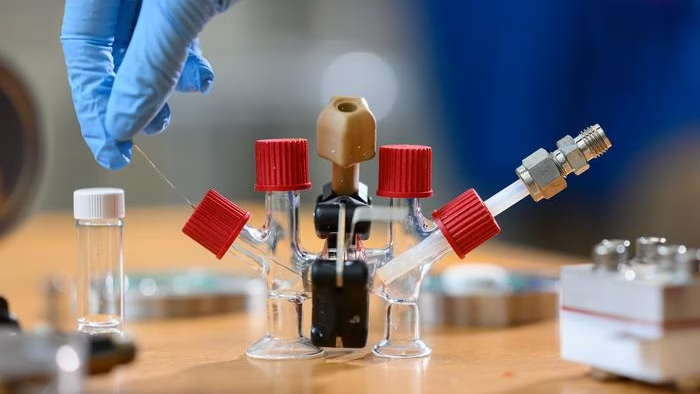By Charles Carter, 07/10/22
US startup SpineX has developed a neuromodulation device that stimulates the spinal cord of adults and children with Cerebral Palsy (CP) to improve their mobility.
The company recently published results of an 8-week study in journal Nature, which showed improvement in the mobility of all 16 child participants when neuromodulation was combined with activity-based neurorehabilitation therapy.
They are aiming to conduct a clinical trial in 2023 to gain approval for their Spinal Cord Innovation in Pediatrics (SCIP) device with the FDA for the US market.
How does it work?
Two electrodes are placed over the spine, one behind the neck and the other two-thirds the way down the back. Another two electrodes are placed on each side of the hip.
The system delivers pulses of electricity through the spinal cord with a frequency of 10kHz and 30Hz and 10-18mA of current.
The neuromodulation is applied while the children perform exercises, with 2 sessions a week for 8 weeks and each session lasting for 50-60 mins.
SpineX believes that the therapy works by helping to rewire the neural networks connected to the spinal cord e.g. through the brain and muscle systems.
What are the potential benefits?
Cerebral palsy (CP) is a group of disorders that affect a person’s mobility, balance and posture.
It is caused by abnormal brain development or damage to the developing brain.
More than 500,000 children under the age of 18 currently have CP in the US, with over 17 million cases worldwide.
SCiP aims to be the first medical device in the U.S. to treat CP by transforming the brain and spinal cord dysfunctional connectivity into highly functional systems
Questions for you. Comment below
- First thought that comes into your head?
- Pros and cons according to you?
- Other applications of this approach?
- What could this be combined with?
Links
https://www.nature.com/articles/s41467-022-33208-w




Your point of view caught my eye and was very interesting. Thanks. I have a question for you.
Thank you for your sharing. I am worried that I lack creative ideas. It is your article that makes me full of hope. Thank you. But, I have a question, can you help me?
I don’t think the title of your article matches the content lol. Just kidding, mainly because I had some doubts after reading the article.